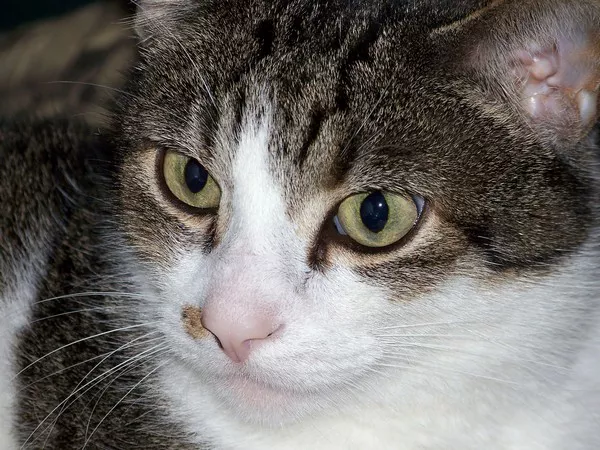Cat hair may become a crucial tool in criminal investigations, thanks to research conducted by scientists at the University of Leicester. The study revealed that a single cat hair contains DNA that could potentially connect a suspect, a crime scene, or a victim. This discovery is significant since approximately 26% of UK households own a cat, and these feline companions shed thousands of hairs each year, leaving behind traces of potential evidence.
While human criminals may take precautions not to leave their own DNA at a crime scene, cat hair often contains its own DNA that could establish a link between a suspect, a crime scene, or a victim. In a recent paper published in the journal Forensic Science International: Genetics, the University of Leicester researchers detailed a sensitive method to extract maximum DNA information from a single cat hair.
Emily Patterson, the lead author of the study and a PhD student at the University of Leicester, explained that cat hair lacks the hair root, containing minimal usable DNA. Therefore, forensic analysis primarily focuses on mitochondrial DNA, which is passed from mother to offspring and shared among maternally related cats. As a result, individual cat identification based on hair DNA is not feasible, making it crucial to maximize information extracted during forensic tests.
The researchers introduced a new method that allows them to determine the complete mitochondrial DNA sequence, making it around ten times more discriminating than previous techniques that examined only short fragments. Dr. Jon Wetton from the University’s Department of Genetics & Genome Biology, who co-led the study, emphasized the significance of this approach for criminal investigations, particularly in cases where human DNA is unavailable for testing.
The study tested this method in a lost cat case, using DNA from skeletal remains of a missing female cat to match it with DNA from hair from her surviving male offspring. Professor Mark Jobling, a co-lead of the study, highlighted the value of pet hair in providing linking evidence when human DNA is unavailable. This technique could also extend to other species, such as dogs, in the future.





















